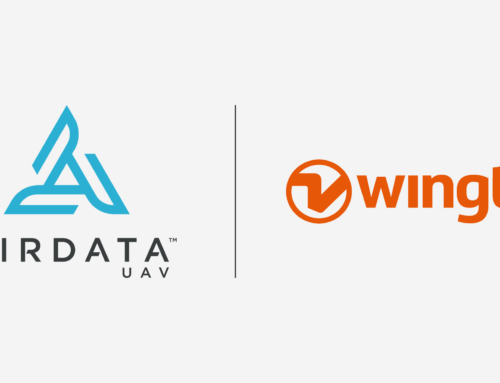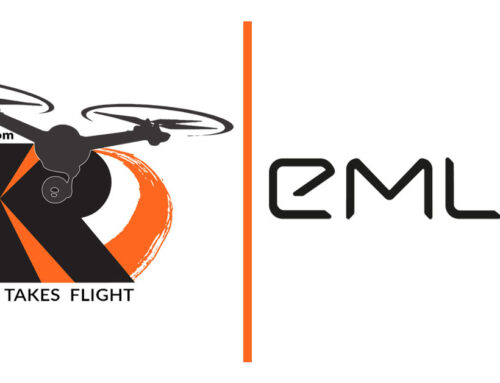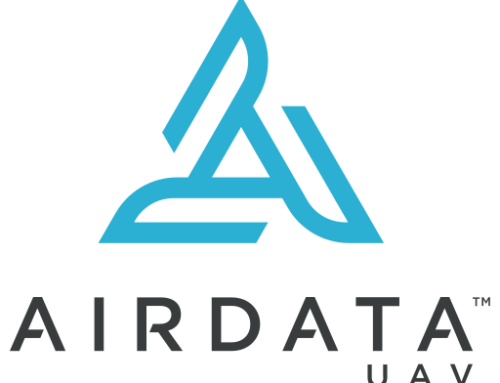An understanding of the Drone Code may help clarify the lines the FAA and UAS/UAV/drone owners have drawn in the sand for each other, and like sand on a beach, the Drone-Code may seem to shift at the whims of legislation, lobbyists, manufacturer organizations, government agencies, and UAS users. It doesn’t. However, like a beach, sometimes it’s difficult distinguishing shifting sands vs the underlying large rocks.
UAS/UAV/Drone users define the lines through intentional ignorance of the framework setup by the FAA and hobby associations and herein is the focus.
333 Exemption
The reason for the FAA 333 Exemption is to allow drone owners/pilots to commercially fly UAS/UAV for a variety of purposes such as cinema, corporate video, aerial inspections, surveying, mining, law enforcement, orthomosaics, mapping, monitoring construction, and other professional purposes. Currently the FAA views and classifies UAS as “Civil Aircraft.” This means that until Part 107 is executed, the legal perspective classifies UAS with the same classification as manned aircraft. Currently the focus is on manned vs unmanned vehicles, although this is shifting as the two industries continue to cross over and blur the lines. At the time of this writing, there are just over 5,000 exemptions that have been granted.
If a lawyer or organization is asking anything over $1000.00 for a 333 Exemption service, it’s a rip-off. Fly away.
336 Exemption
The FAA has instituted what is known as a 336 Exemption that allows drone owners to fly their drones recreationally, for purposes of fun and personal use. Specifically, it states that 336 defines model aircraft as aircraft. Commercial UAS operations are prohibited without FAA authorization. The 336 statute requires model aircraft to be flown strictly for hobby or recreational purposes and within the operator’s Visual Line of Sight (VLOS).
Many “recreational users” want to consider themselves skilled professionals at taking imagery of homes for their buddy who is a real-estate salesperson, or film a marathon for the race participants so they’ll have an event video, or even just taking great shots to ‘give’ to a stock footage company. The web is full of posts suggesting “just wing it” and “take the risk, the FAA isn’t going to hassle you.” The web is equally filled with drone owners completely ignorant of aviation standards such as those found in the Federal Aviation Regulations (FARs) not to mention the operators who struggle and out-right deny to understand that a remote-controlled device (RC) can be in any way, construed a danger to manned aircraft. While many of them consider themselves “informed,”
This is where the greatest communication challenges seem to arise.
A recent example is demonstrated by a non-333 Exemption holder being invited to film a marathon race in Brooklyn, NY. As this chart shows, the Brooklyn area is virtually entirely a Special Flight Rules area, and not only would 336 flight be a challenge, but a 333/Commercial Flight would likely not be covered without separate permissions.
However, the members of the drone community indicated that the non-333 Exempt drone owner should “go ahead and fly the gig, no one will care” and “The FAA would have to prove you’re not doing it for fun” even though the non-exempt operator himself, was questioning the legality of his intentions.
Not the best plan in any circumstance, but contacting the local Flight Standards District Office/FSDO might be a good idea.
The FAA is at some point in time going to execute a new FAR section, Part 107. This was originally scheduled to occur on April 1, 2016. It wasn’t implemented on time due to language revisions, but is expected to execute in June or September of 2016. This addition to the current FARs puts drones into their own category rather than the current Frankenstein amalgam of Part 55, Part 61, Part 91, Part 101, Part 103, and Part 105 with bits and bytes cobbled from other FARs.
Part 107 offers a better separation of UAS from manned aircraft, and requires a knowledge exam to be passed by potential operators (note the use of the word “operator” vs “pilot.” Pilots fly aircraft, operators fly UAS).
Proposed Part 107 Operator requirements
- Pass an initial aeronautical knowledge test at an FAA-approved knowledge testing center. This would likely be your local flight school location or through an agency like Drones Plus.
- Be vetted by the Transportation Security Administration.
- Obtain an unmanned aircraft operator certificate with a small UAS rating (like existing pilot airman certificates, never expires).
- Pass a recurrent aeronautical knowledge test every 24 months.
- Be at least 17 years old.
- Make available to the FAA, upon request, the small UAS for inspection or testing, and any associated documents/records required to be kept under the proposed rule. Flight and maintenance logs are expected to be required, just as manned aircraft require.
- Report an accident to the FAA within 10 days of any operation that results in injury or property damage.
- Conduct a preflight inspection, to include specific aircraft and control station systems checks, to ensure the small UAS is safe for operation.
The Benefits:
No need for previously licensed FAA pilot as operator. The Part 107 aeronautical knowledge test contains only segments from the Private Pilot test that are relevant to sUAS operations and nothing more.
An extra VO (Visual Observer) is not required for flights. One operator is the only individual responsible for the flight and the location of the sUAS. This relieves the burden of having to employ a two man team but it does require a much more observant operator who is both watching the computer and the sUAS at all times. As a risk-assessment professional, it will continue to be my recommendation that all commercial operations consist of a minimum of two individuals.
No need for Air Traffic Control clearance in class G airspace. In summary it means that uncontrolled airspace up to 500 feet is available to operators. This would negate the need for a COA (certificate of authorization) unless flights near airports (A,B,C,D airspace) or in otherwise restricted spaces are the intention.
Part Two of this discussion will delve into understanding airspace for UAV operations, whether 336 or 333.




